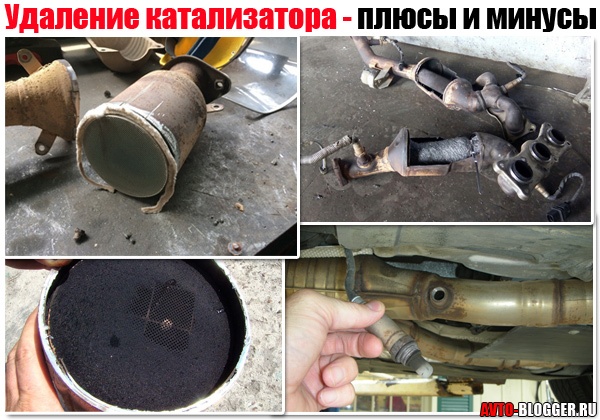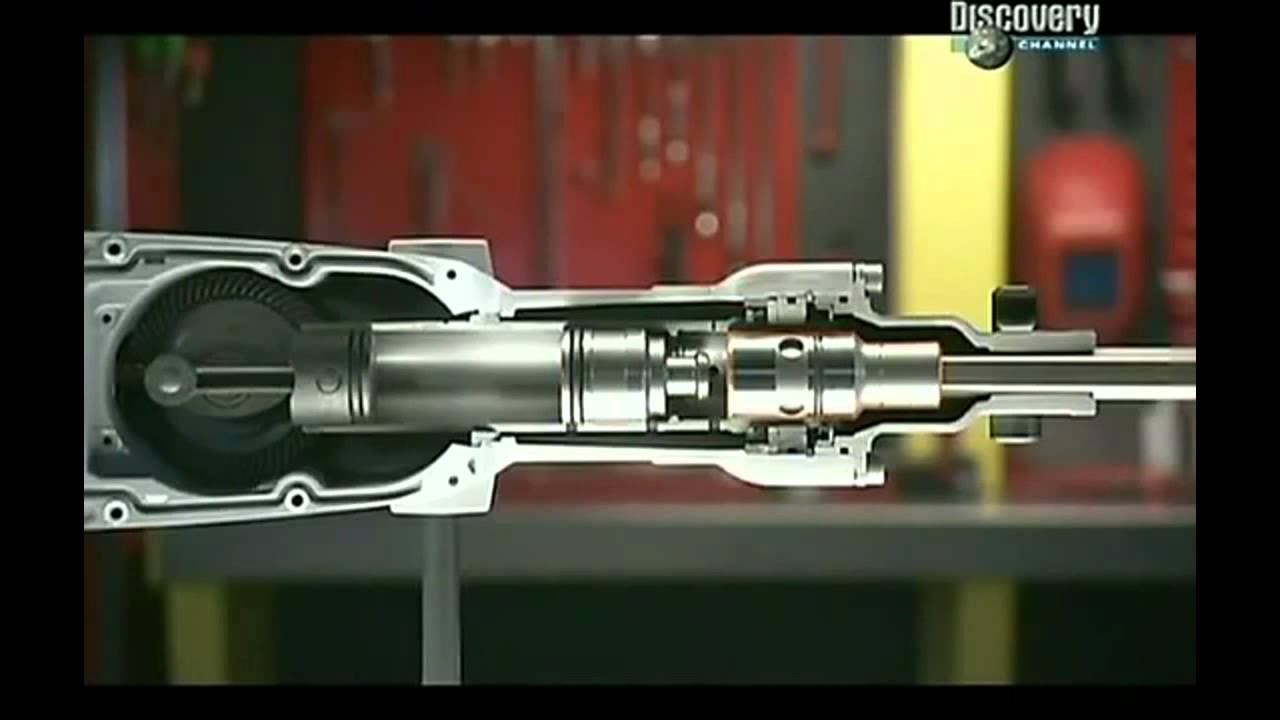
what is it and how does it work? + Video
On vehicles with front or rear-wheel drive, such a unit as a wheel differential is installed on the drive axle, but its locking mechanism is not provided for obvious reasons. The main task of this node is the distribution of torque to the wheels of the drive axle. For example, when cornering or driving on dirt roads, the wheels cannot spin at the same speed.
If you are the owner of a vehicle with all-wheel drive, then in addition to the wheel differential, a center differential with a locking mechanism is also installed on the cardan. Naturally, readers have a question: why is a lock needed, what function does it perform, what types of center differential locks exist?
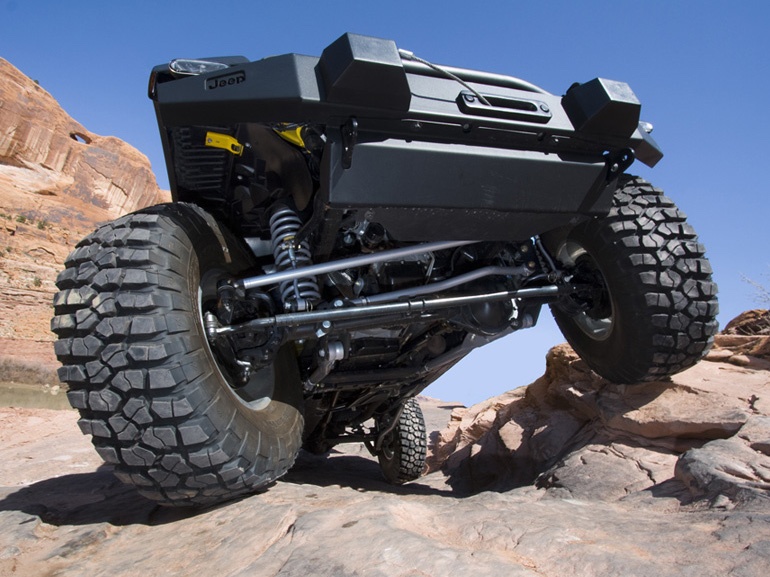
Why do we need a center differential lock and how it works
We have already partially touched on this topic on the vodi.su website in an article about a viscous coupling (viscous coupling). In simple terms, then the center differential is necessary to increase the vehicle's cross-country ability and enable all-wheel drive.
The principle of its operation is quite simple:
- when the car is driving on a normal road, all tractive effort falls only on the main traction axle;
- the second axle, by disabling the locking mechanism, does not engage with the transmission of the machine, that is, at the moment it acts as a driven axle;
- as soon as the car goes off-road, where it is necessary for two axles to work to increase cross-country ability, the driver either forcibly turns on the center differential lock, or it is automatically connected.
When the lock is on, both axles are rigidly coupled and rotate by transmitting torque to them through the transmission from the vehicle's engine. So, if a viscous coupling is installed, then on the road surface, where the power of both axles is not required, the traction force is supplied only to the front or rear wheels. Well, when you drive onto a dirt road and slippage begins, the wheels of different axles begin to rotate at different speeds, the dilatant liquid is strongly mixed, it hardens. This creates a rigid coupling between the axles and the torque is equally distributed between all the wheels of the machine.
Advantages of the center differential lock mechanism:
- a significant increase in the cross-country ability of the vehicle in difficult conditions;
- turning off all-wheel drive automatically or forcibly when it is not needed;
- more economical fuel consumption, because with all-wheel drive connected, the engine consumes more fuel to create additional traction.
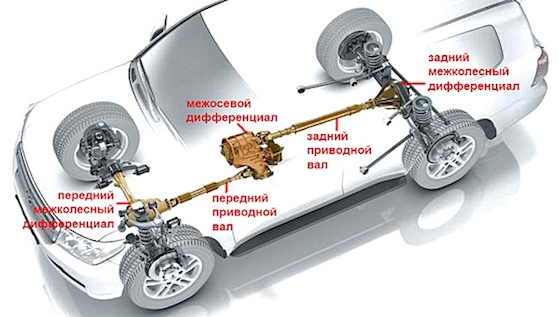
The center differential lock, depending on the model of the car, is activated in various ways. On older models, such as UAZ, NIVA or trucks, you must select the appropriate gear on the transfer case. If there is a viscous coupling, blocking occurs automatically. Well, on the most advanced off-road vehicles with a Haldex clutch to date, the lock is controlled by an electronic control unit. The signal to turn it on is to press the gas pedal. So, if you want to effectively accelerate with slipping, then the lock will immediately turn on, and the shutdown will happen automatically when the car moves at a stable speed.
Varieties of locking mechanisms for the center differential
If we talk about the principle of action, then there are several main groups, which in turn are divided into subgroups:
- hard 100% blocking;
- limited slip differentials - the rigidity of the coupling depends on the intensity of rotation of the wheels of different axles;
- with symmetrical or asymmetric traction force distribution.
So, a viscous coupling can be attributed to the second and third groups at the same time, since in different driving modes slippage of the discs can be observed, for example, when cornering. Accordingly, the traction force is distributed asymmetrically between the axles. In the most difficult conditions, when one of the wheels slips heavily, 100% blocking occurs due to the complete solidification of the liquid. If you drive a UAZ Patriot with a transfer case, then there is a hard lock.
The vodi.su portal notes that when all-wheel drive is on, especially on asphalt, rubber wears out quickly.
There are also various designs for locking the center differential:
- friction clutch;
- viscous coupling;
- cam clutch;
- Torsen lock.
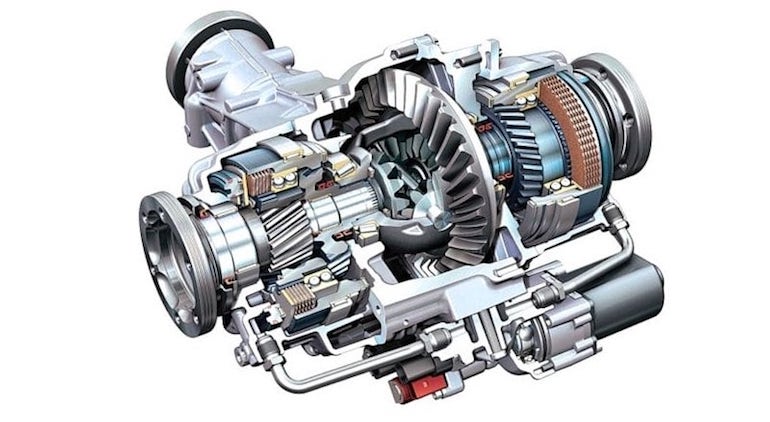
So, friction clutches work in approximately the same way as a viscous coupling or dry clutch. In the normal state, the friction discs do not interact with each other, but as soon as slippage begins, they engage. The Haldex Traction clutch is a friction clutch, it has several discs that are controlled by an electronic control unit. The disadvantage of this design is the wear of the disks and the need to replace them.
The Torsen lock is one of the most advanced, it is installed on cars such as the Audi Quattro and Allroad Quattro station wagons. The scheme is quite complicated: right and left semi-axial gears with satellites, output shafts. Locking is provided by different gear ratios and a worm gear. In normal stable driving modes, all elements rotate with a certain gear ratio. But in the event of slipping, the satellite starts to rotate in the opposite direction and the side gear is completely blocked and the torque begins to flow to the driven axle. Moreover, the distribution occurs in the ratio of 72:25.
On domestic cars - UAZ, GAZ - a limited-slip cam differential is installed. Blocking occurs due to sprockets and crackers, which, when slipping, begin to rotate at different speeds, as a result of which a friction force arises and the differential is blocked.
There are other developments as well. So, modern SUVs are equipped with the TRC traction control system, in which all control is carried out through the ECU. And it is possible to avoid slipping due to automatic braking of the slipping wheel. There are also hydraulic systems, such as DPS on Honda cars, where pumps are installed on the rear gearbox, rotating from the driveshaft. And blocking occurs due to the connection of a multi-plate clutch package.
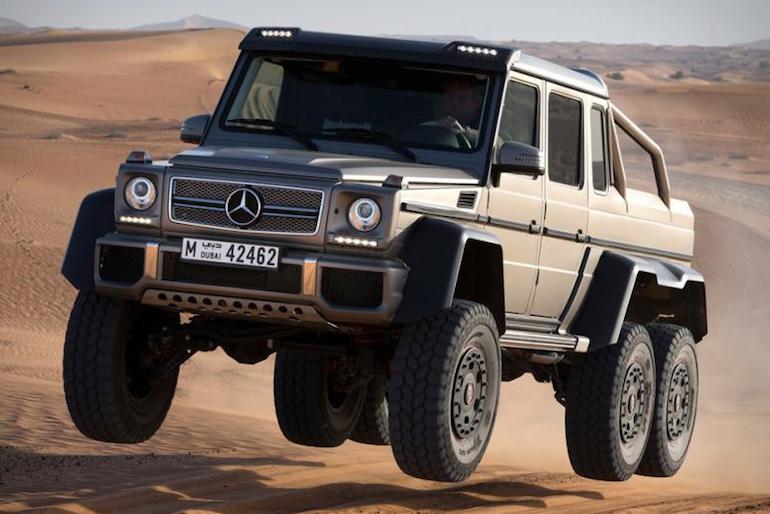
Each of these systems has its own advantages and disadvantages. You need to understand that driving with all-wheel drive turned on leads to early wear of tires, transmission and engine. Therefore, all-wheel drive is used only where it is really needed.
Loading…
